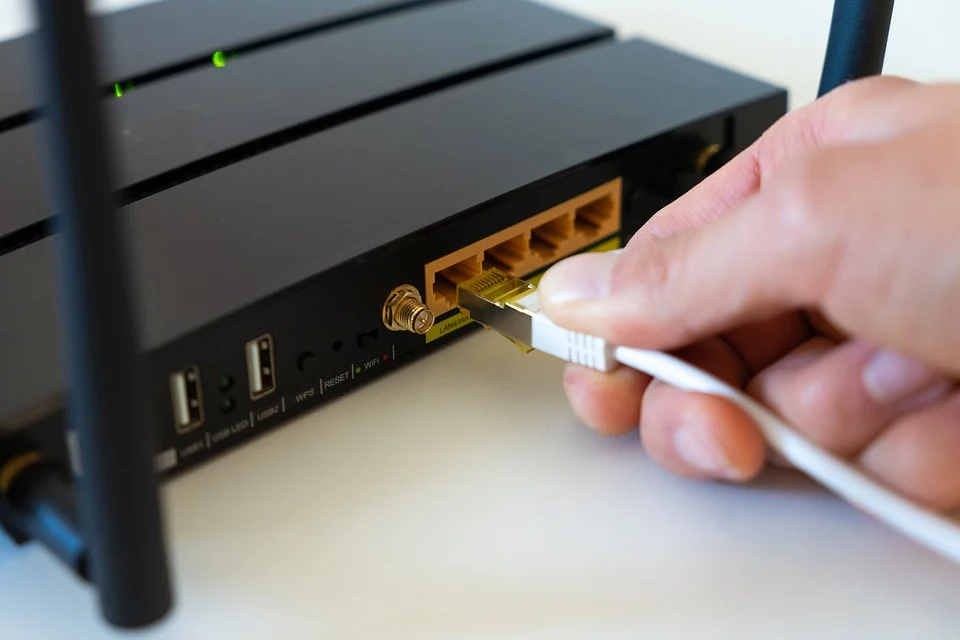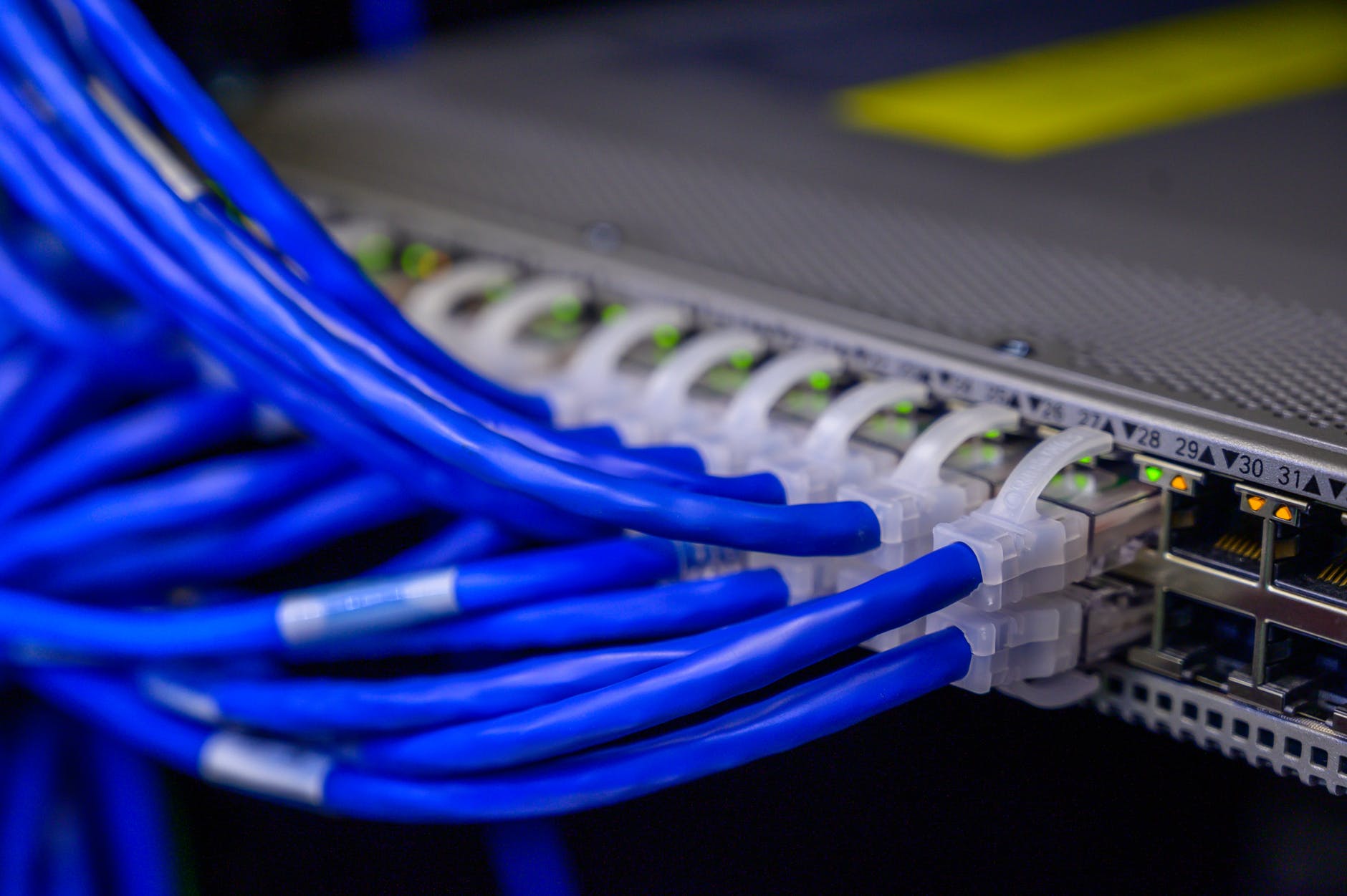It is nearly impossible to move forward in life without high-speed internet access. Everything from healthcare to education, entertainment to social interaction, and banking to commerce has transitioned online. You cannot hope to fulfill your day-to-day tasks and experience even a modicum of progress if you don’t have internet connectivity set up in your home. Fortunately, network technology has advanced enough to cover a significant part of the United States. Nowadays, the internet market is saturated with high-speed broadband offers. Click this link to see for yourself. While this may be a celebratory fact, we cannot avoid the elephant in the room, i.e. the digital divide.
What’s eating away at the heart of the US internet provision landscape is inequality. Not everyone can access the same types of internet connections, the same levels of internet speeds, the same kinds of prices, or the same diversity of options, etc. For instance, a user living in a metropolis may find two to three internet service providers in their area, delivering up to 100 Mbps internet speed, at promotional pricing along with freebies and unlimited data. On the other hand, a user residing in the outskirts or hilly regions may not have the liberty to choose their ISP, let alone enjoy cable connectivity, sign up for discounted plans or do away with data caps. Why is that? The digital divide.

Now that the reliance on internet connectivity has trebled in the current times due to the pandemic, there is a clamor in the air, especially arising from the rural areas. The digital divide, instead of closing up, has widened further than anyone could have imagined. According to Federal Communications Commission’s (FCC) 2020 Broadband Development Report, about 18 million residents in the US continue to remain deprived of any sort of network access. Though this is an over-generalized figure and only shows a minute disparity, it is enough to give us an idea about the grim problem of internet accessibility in rural areas.
Let’s dig deeper into this unsavory phenomenon, unearth the reasons why the situation keeps on worsening, and what can be done to close the gap. Stay tuned and read on.
Why is Internet Access Limited in Rural America?

Before jumping to solutions, it is wise to diagnose the problems. Here are the major reasons why internet access is limited in rural America:
Poor Tracking
It is regrettable how rural consumers are made to pay taxes and fees for internet access to the government, yet are not able to acquire high-speed broadband for their homes. Improper mapping is the culprit, here. Even though we have entered 2024, still FCC hasn’t been able to properly identify the unserved households in the rural regions and red counties.
What’s worse is that their reports show a greater percentage of served consumers than there are. This may be done to temporarily satiate the rural residents, so they won’t revolt, but the tides are turning, now. COVID-19 has shown that the system has failed. This increased awareness has impelled unserved consumers to petition for equal internet access in their locality. So, we can deem the poor identification protocols of FCC and outdated mapping agencies as a major cause behind the digital chasm.

Local Monopoly
The adage is true: “Power corrupts, and absolute power corrupts absolutely.” It is evident by the fact that the government has given $22 billion to ISPs over the past five years to make internet access uniform across the rural and urban areas, yet 6 to 12% of the US residents still can’t enjoy quality network service. Who is to blame, here? The monopoly of internet service providers.
Local monopoly is a dual-edged sword. The top-of-the-line ISPs restrict their internet offerings to the cities and suburbs and choose NOT to extend their lines to rural areas because of the heavy capital costs. Whereas, small network carriers in the rural regions continue to indulge in lobbyism and invest the subsidies in everything other than broadband provision.
Caught in the midst of this tug-of-war are the disgruntled rural residents who have to make do with inefficient options like mobile broadband, satellite internet, and fixed wireless. Wired connectivity is not available to them, while urban residents keep on enjoying speeds up to 1 Gig. Isn’t it unfair?
How to Improve Internet Access in Rural America?

You cannot have economic growth without internet access. Here are a few possible steps that the government and authorities can take to resolve the pain points of rural internet users:
Redefine “Broadband”
Let’s admit it. FCC’s definition of “broadband” has become outdated in the face of the latest network advancement. This is the era of 5G and internet speeds that have the potential to hit 2 Gigabit! In comparison to this, a mere download speed of 25 Mbps and an upload speed of 3 Mbps is next to nothing, yet this is how FCC standardizes “broadband” to this day.
Because of this outdated demarcation, ISPs build only substandard network infrastructures in areas that don’t serve them well, despite taking the same amount of money from both rural and urban customers. In other words, unless FCC updates its definition of broadband and brings it up to speed with the latest potential of network technology, ISPs are not going to make enough effort to bump up speeds in areas where there is a lower concentration of their customers and thereby, a lower chance of making a profit.

Transcend Telephone Technology
Until now, governments and FCC have subsidized and pushed the local telephone companies to supply broadband to rural residents through proper copper wiring. Yet, these carriers have failed in this goal and instead of laying down new copper infrastructures, they have engaged in political maneuvers and kept the rural residents waiting for high-speed connectivity. No more!
It is time to consider other options. Electric companies prove to be worthy competitors to telephone carriers. They already have invested in fiber networks to disseminate power through electricity grids in rural areas. ISPs can utilize these cables to distribute fiber-optic broadband as well to rural consumers. All they need is to hone in on the motivation and put their corporate interests aside for the sake of public interests.
The Bottom Line
The state of rural internet access is dismal even in these COVID-19 times. Unless the FCC maps internet deficiency across the US territory accurately and reports genuinely, ISPs move past the monopoly, FCC redefines broadband and ISPs consider other infrastructure constructors, nothing can be done to improve the situation of rural broadband and close the digital gap.




